全部商品分类
> Research on Face Feature Extraction and Classification Algorithms Under Complex Conditions 复杂条件下的人脸特征提取 和分类算法研究

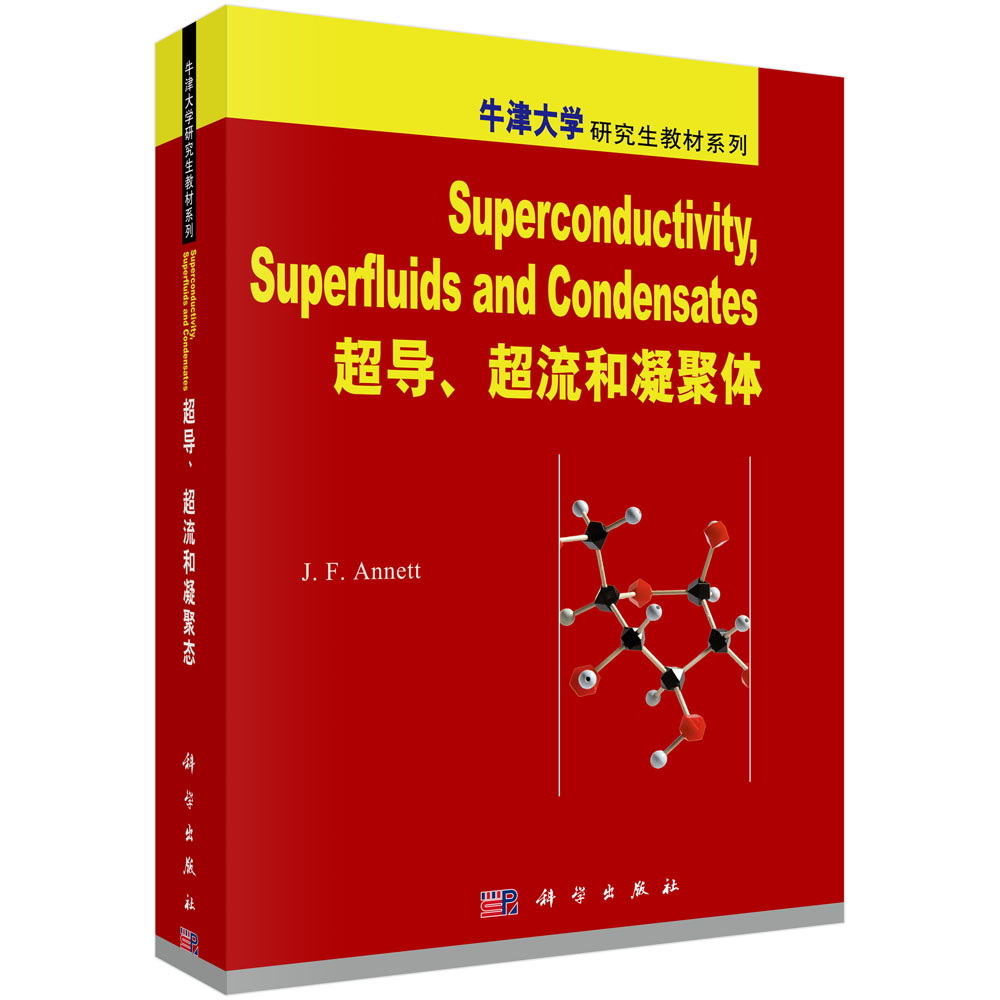
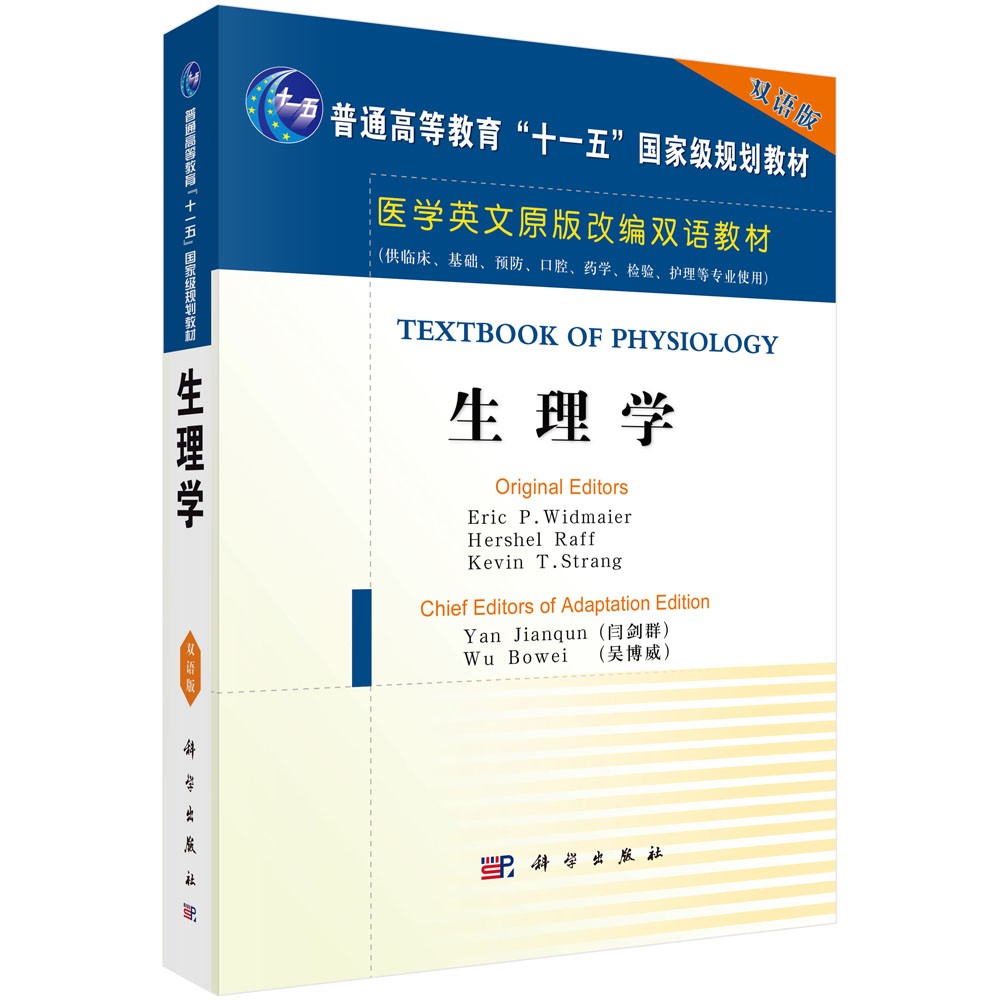


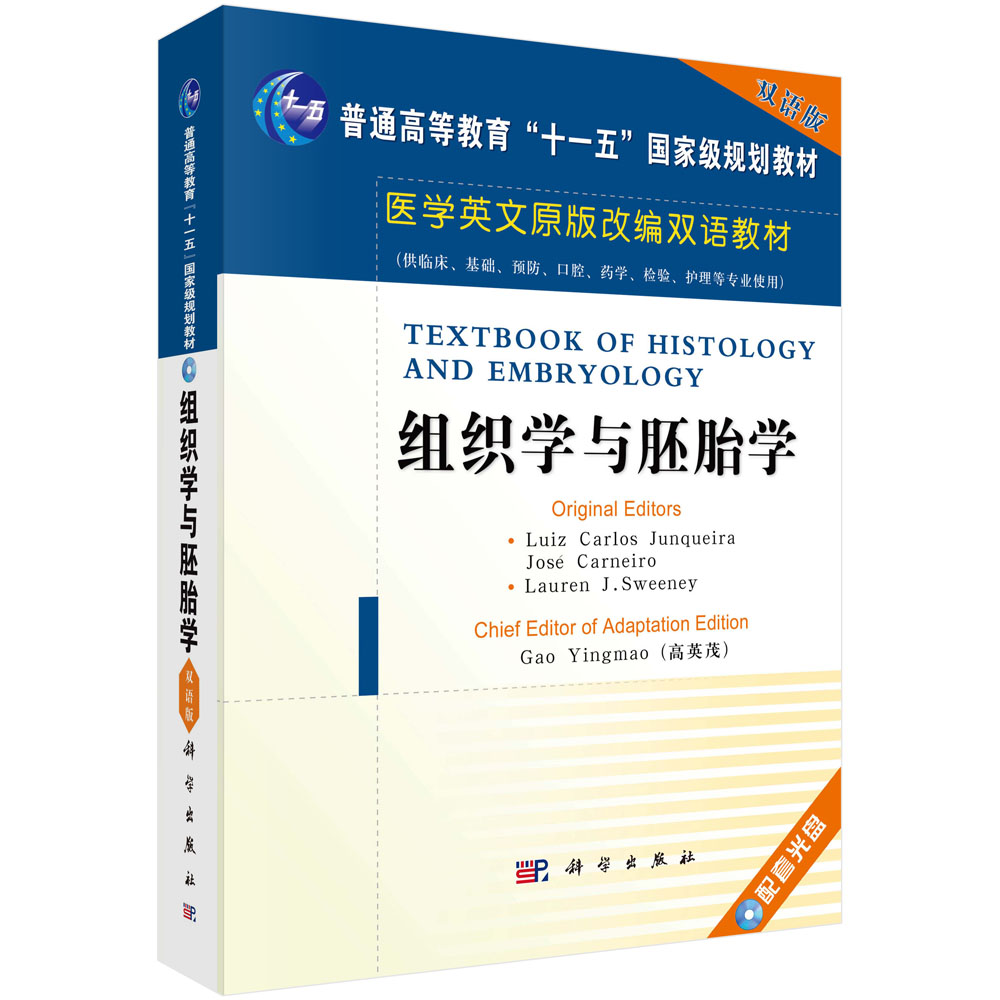
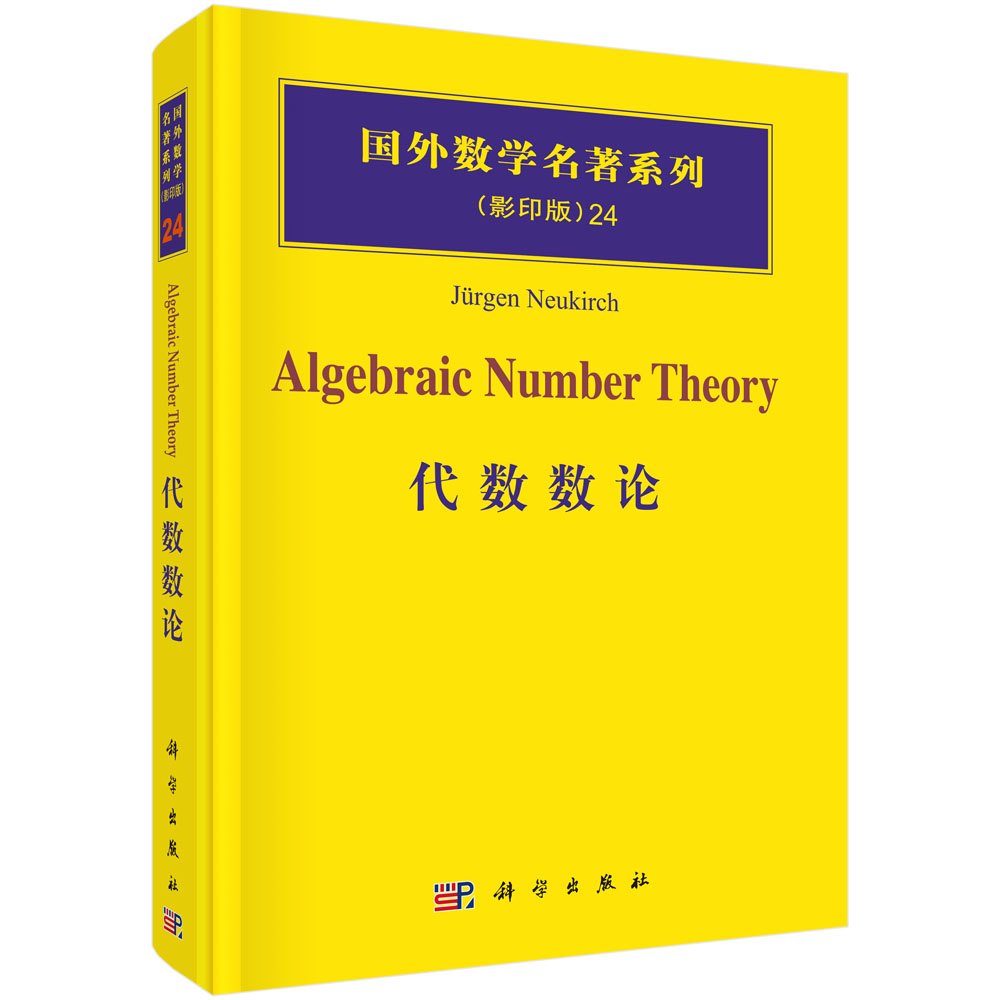
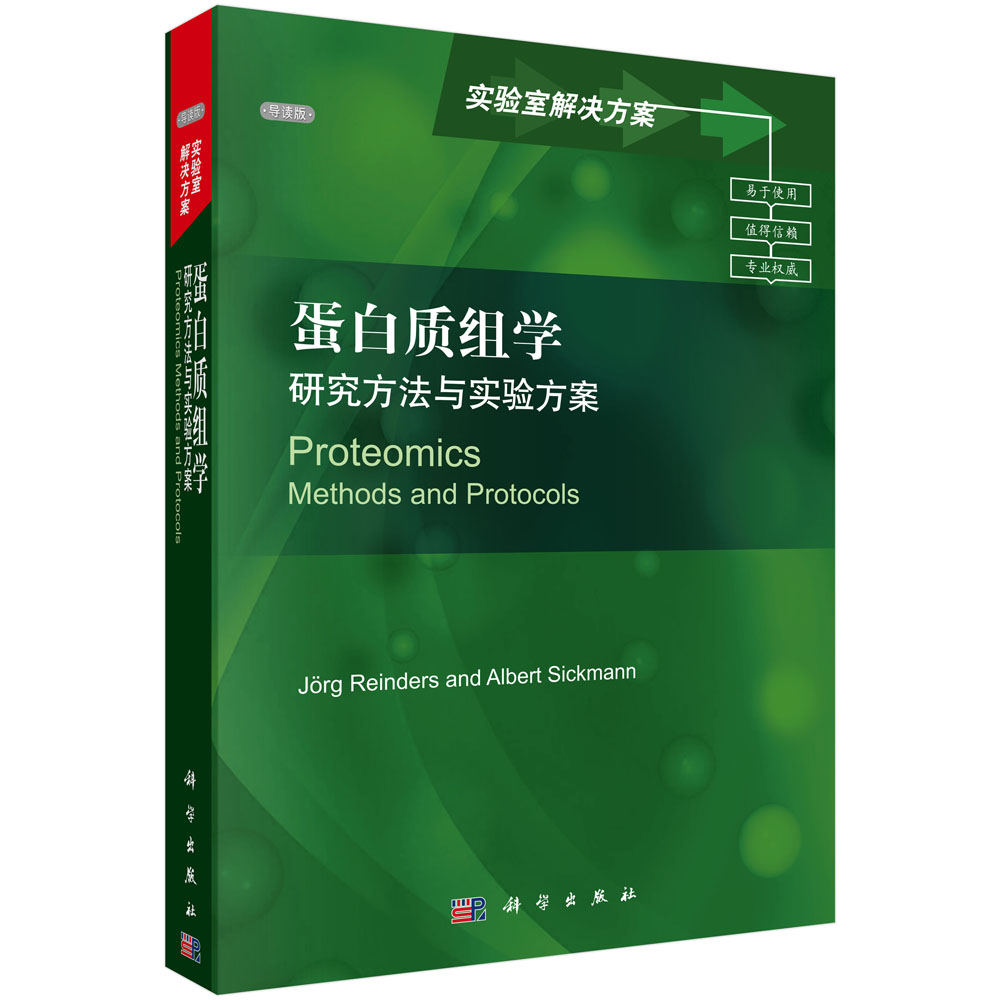

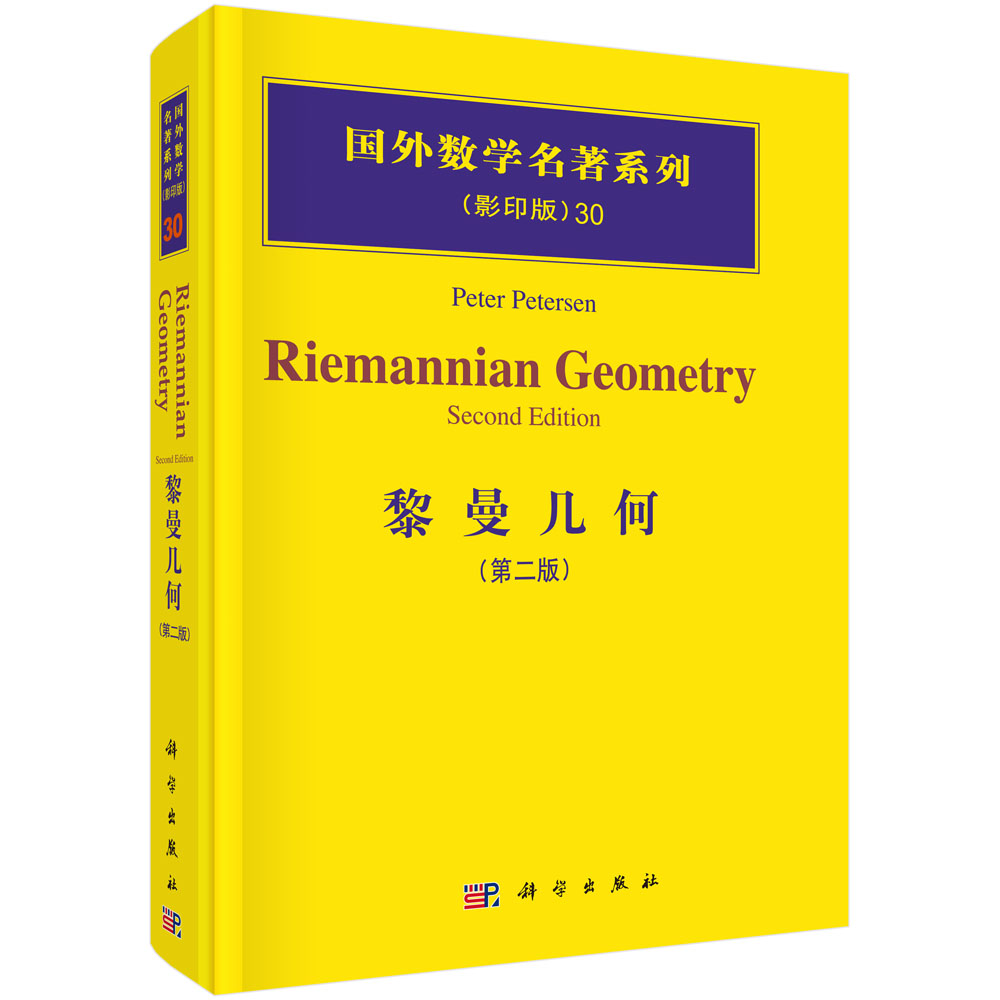
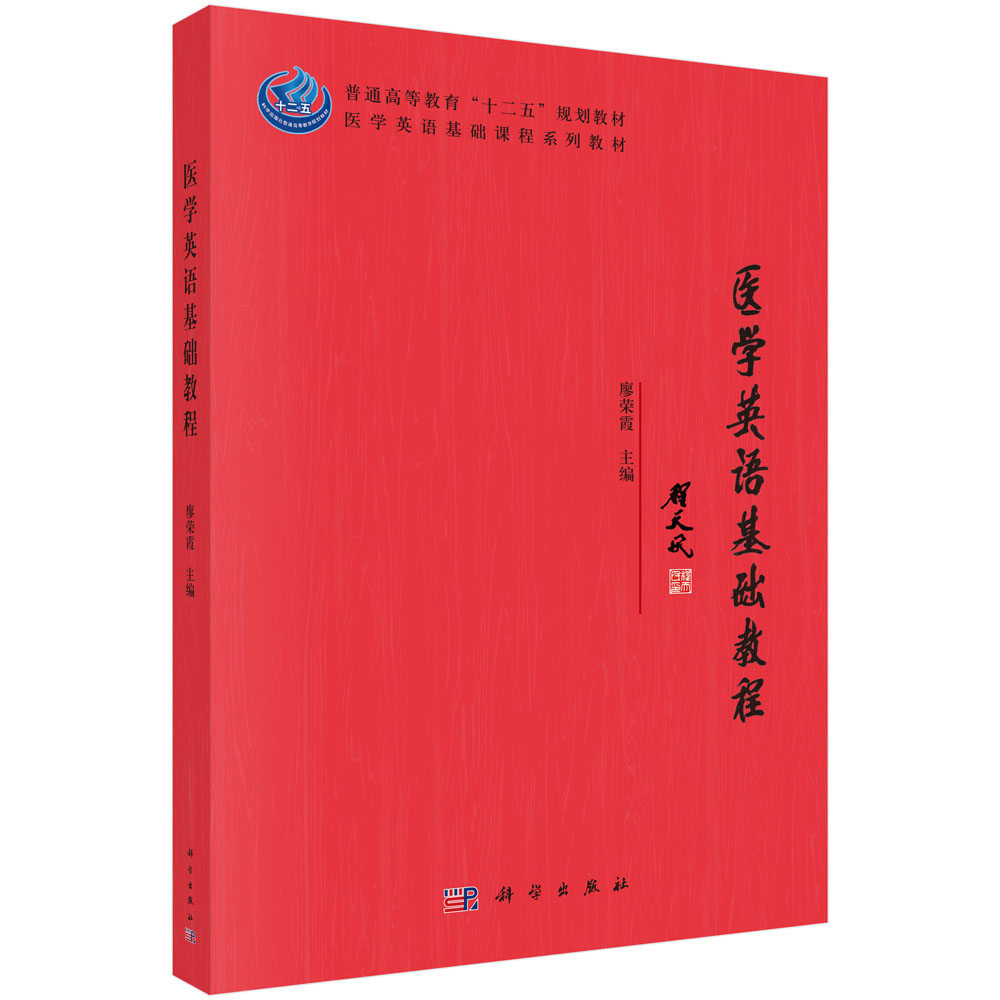

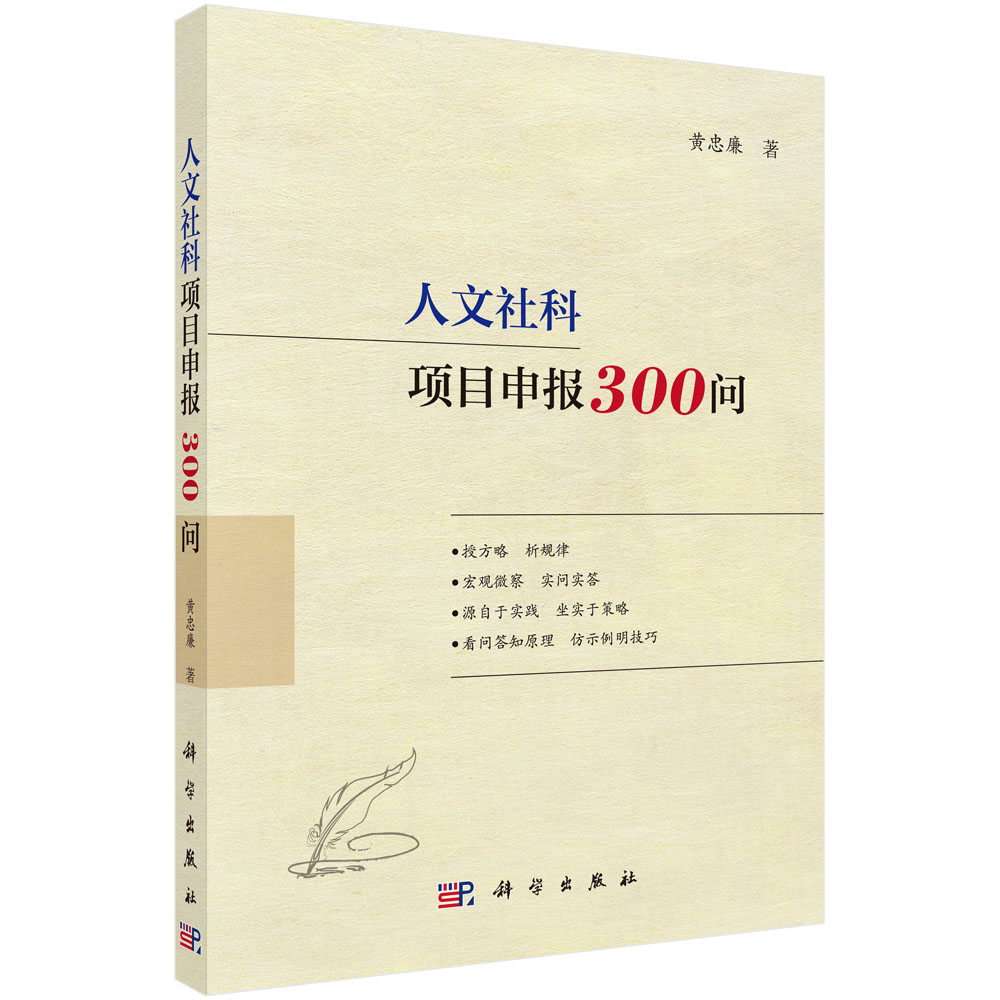



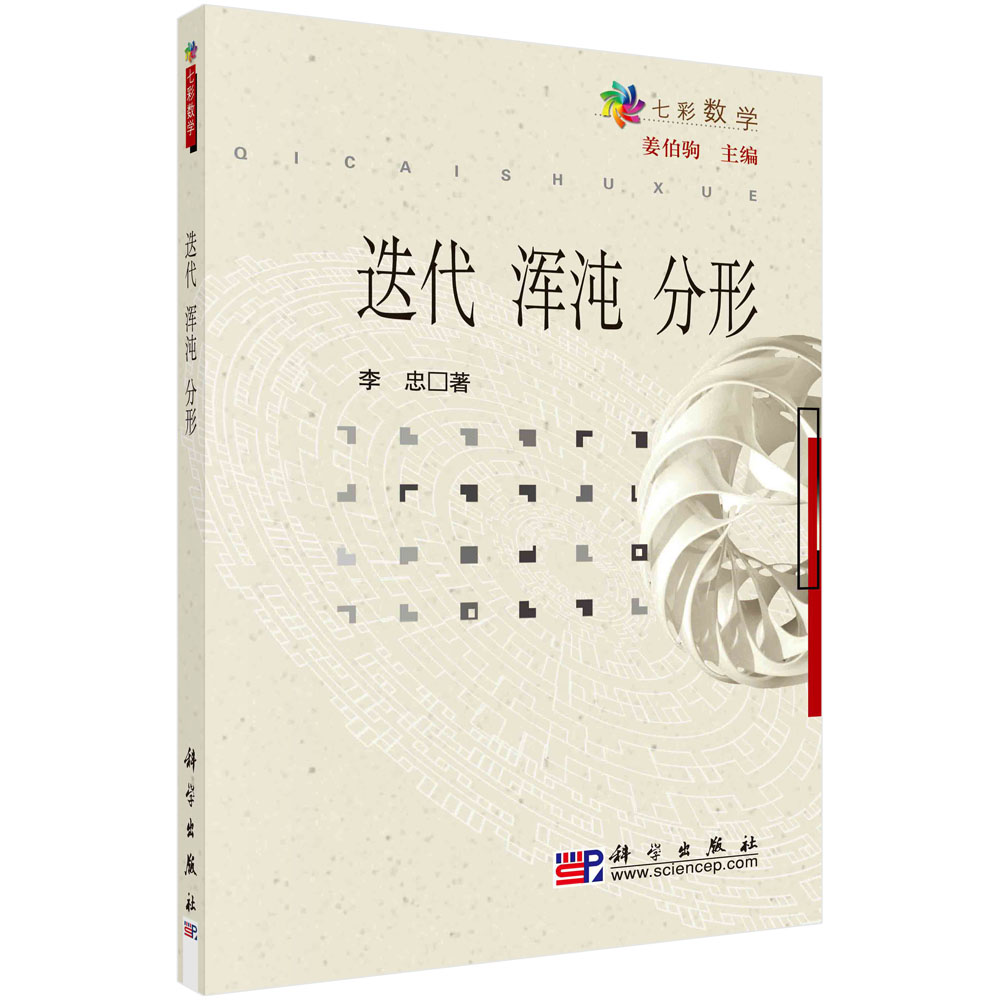



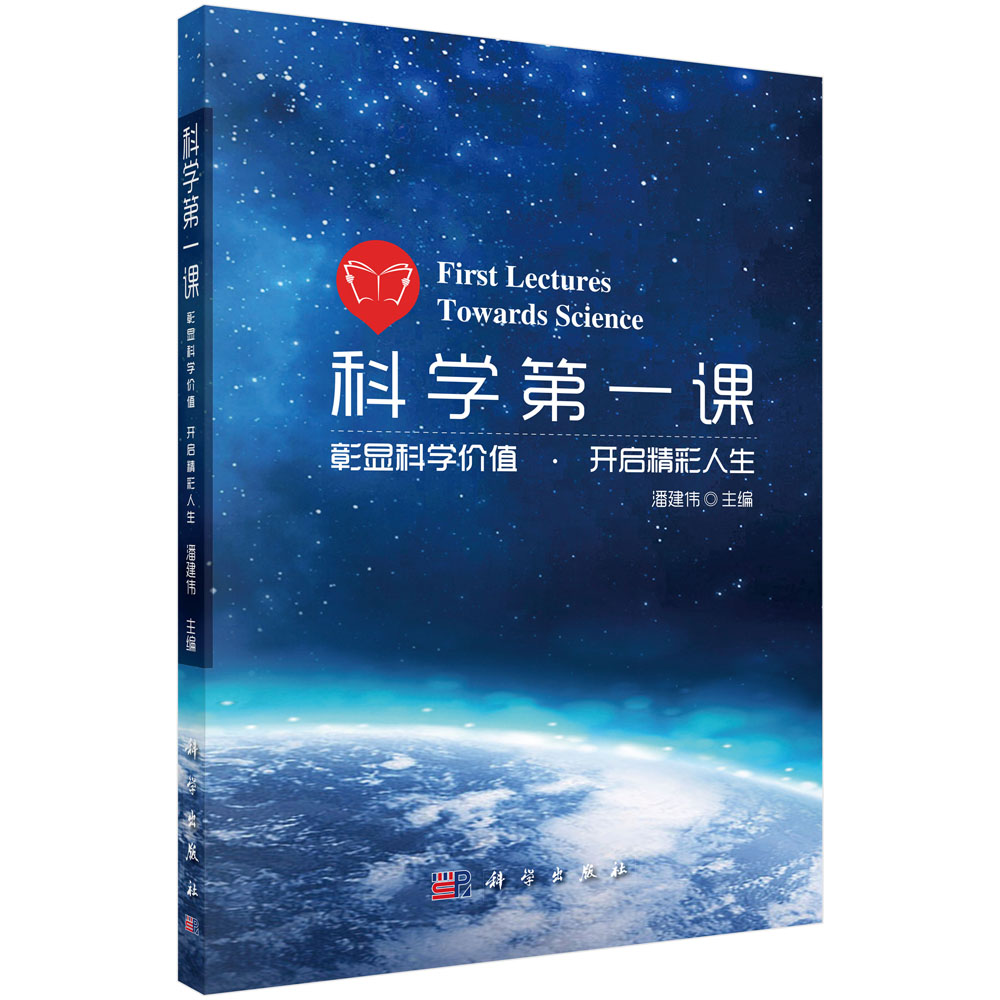







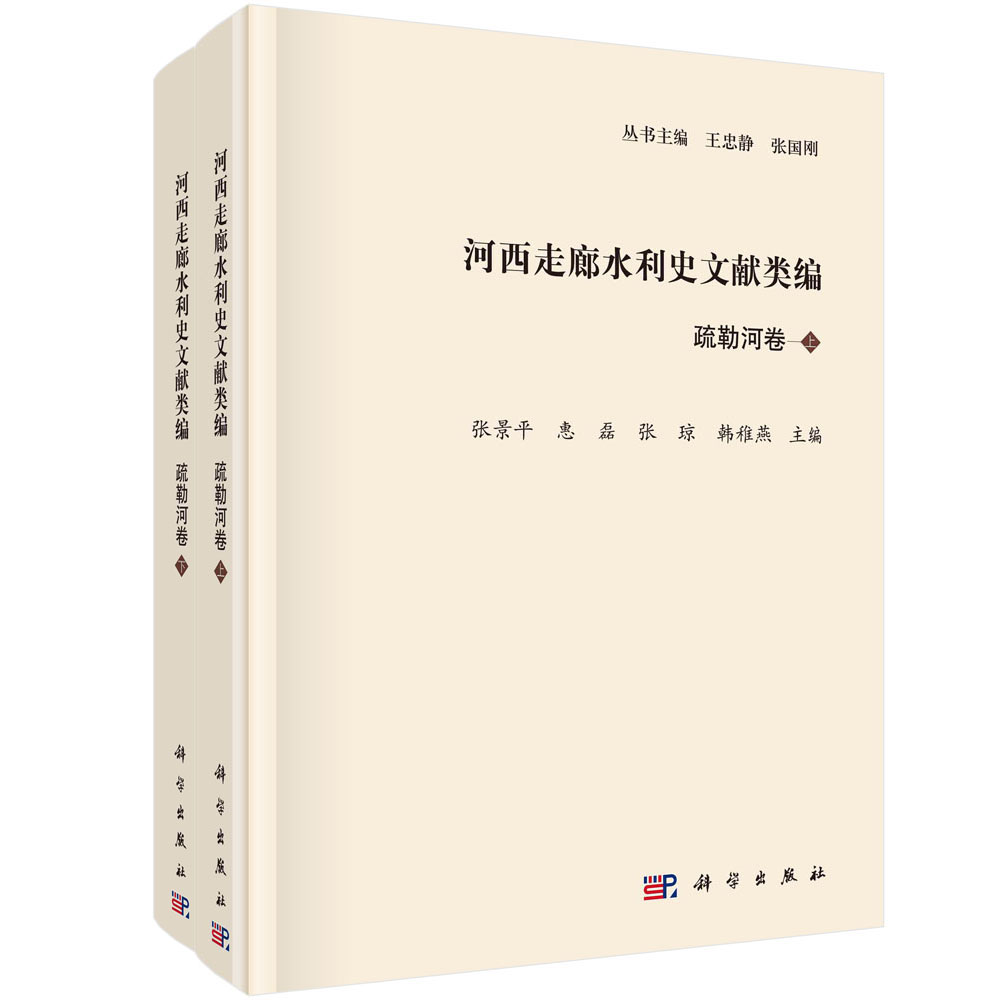

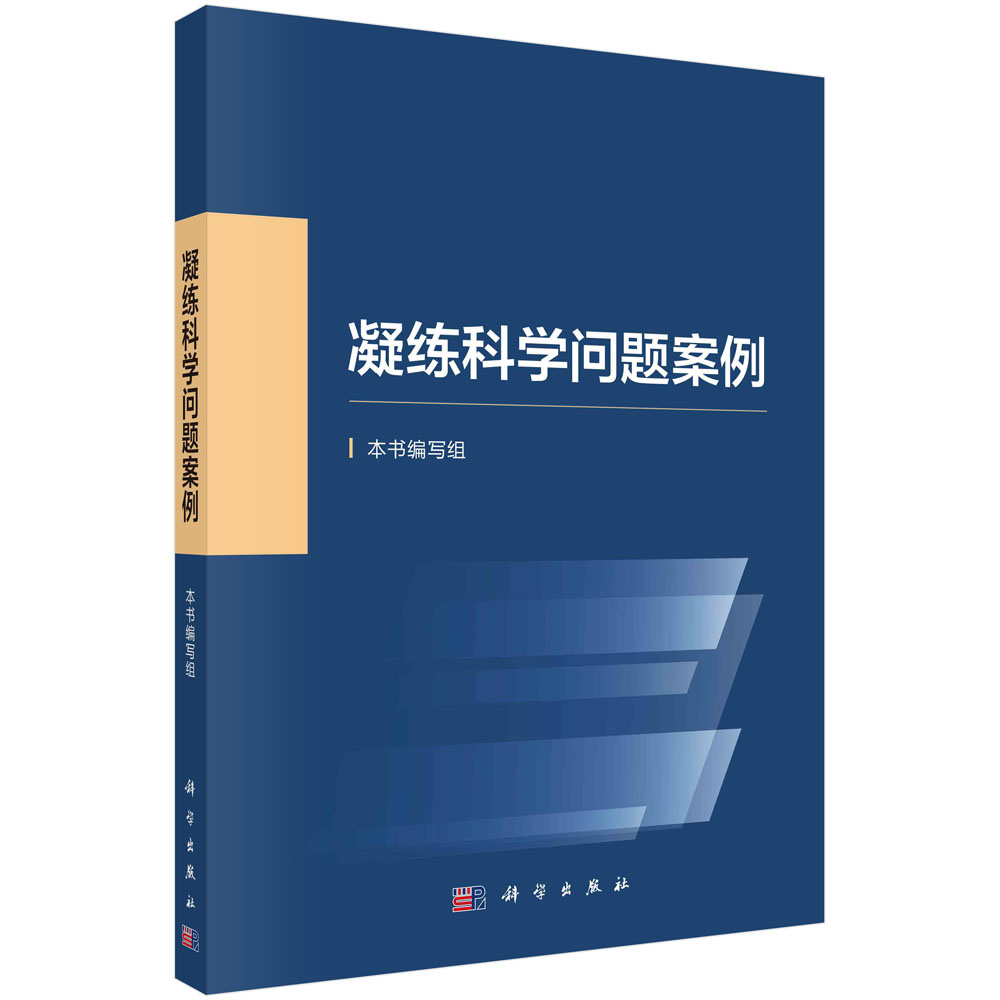
As motivated by the extensive potential applications in public security, financial security, human-computer interaction, biometrics recognition especially face recognition has become one of the hot topics in the fields of pattern recognition and artificial intelligence. This book mainly focuses on feature extraction and classification algorithms under complex conditions, and its objective is that the readers can quickly understand the latest feature extraction and classification methods. The main contents of the book are as follows: image synthesis and classification method based on quotient image theory; a classification method based on reconstruction error and normalized distance; face recognition method based on the original and approximate face images; enhanced collaborative representation based classification; approximate and competitive representation method; a kernel two-phase test sample sparse representation method; quaternion-based maximum margin criterion method.
This book can be used for postgraduates and senior undergraduates majored in control science and engineering. Meanwhile, it is also a quite useful reference book for the researchers in the related fields.
样章试读
- 暂时还没有任何用户评论
全部咨询(共0条问答)
- 暂时还没有任何用户咨询内容